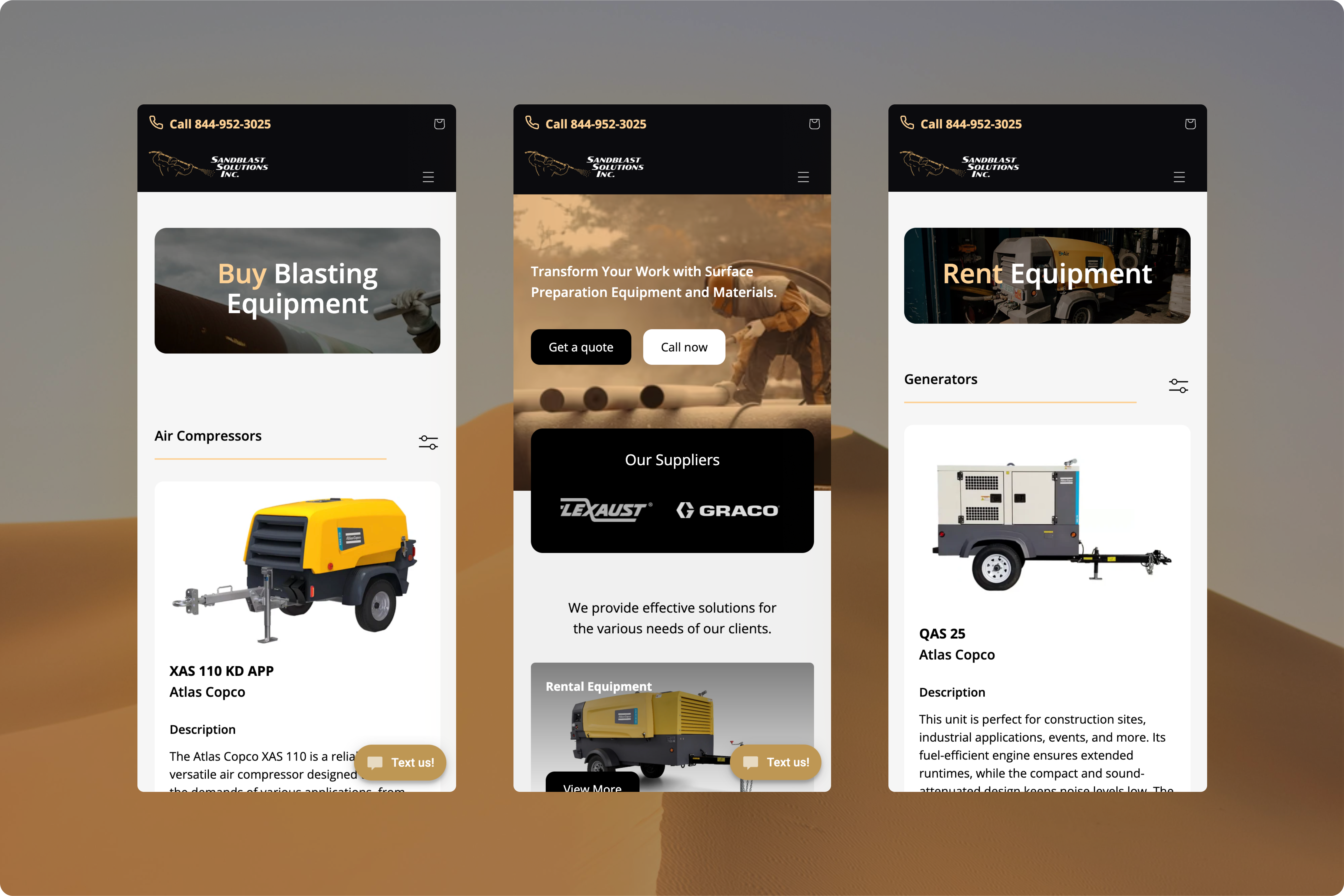In today’s digital marketing landscape, running paid social media ads isn’t just about visibility—it’s about performance. With the right strategy, brands can turn every dollar spent on ads into measurable returns. The key to running paid social ads that actually convert lies in understanding the full customer journey and aligning ad content with specific buyer intents. Start by defining your campaign objective. Whether it’s awareness, engagement, lead generation, or direct sales, your goal will shape everything from creative to targeting. Use platform-specific tools—like Meta Ads Manager, LinkedIn Campaign Manager, or TikTok Ads—to refine your audience based on demographics, behaviours, and interests. Layer this with custom audiences and lookalikes built from website visitors or email subscribers for more precision. Next, tailor your creative assets. High-converting ads grab attention fast. Use bold headlines, clear value propositions, and strong calls-to-action.
Short videos or carousels showcasing benefits, user-generated content, or behind-the-scenes moments tend to outperform generic stock visuals. Equally important is the landing experience. Sending traffic to a slow-loading, cluttered, or generic page kills conversions. Instead, optimize your landing pages with clear copy, responsive design, fast load times, and a single, compelling CTA that matches your ad promise. A/B testing is another pillar of performance. Regularly test variations in ad copy, creative formats, audience segments, and bidding strategies. Small tweaks—like changing a headline or using a different visual—can yield significant improvements. Pay close attention to metrics that actually reflect conversions, such as cost per acquisition (CPA), return on ad spend (ROAS), and click-through rate (CTR), rather than just impressions or likes. Retargeting is essential. Most users won’t convert on the first interaction, so build sequential ad campaigns that follow users through their consideration process. Start with awareness ads, then show testimonials or case studies, and finally, offer discounts or limited-time promos to close the deal. Additionally, align your ad copy with psychological triggers. Scarcity (“only 5 left”), urgency (“ends tonight”), social proof (“over 10,000 sold”), and personalization can significantly increase ad effectiveness. Don’t ignore mobile users—design for the vertical scroll with concise text, large fonts, and thumb-friendly CTAs. Also, leverage automation where possible. Features like Facebook’s Advantage+ campaigns or Google Performance Max can simplify campaign management and optimize placements in real-time using AI. However, always monitor performance manually to catch any inefficiencies the algorithm might miss.
Finally, keep learning. Social ad platforms evolve quickly. Follow industry news, join relevant forums, and study successful competitor campaigns to stay ahead. When executed with data-driven intent, user-focused creativity, and continual optimization, paid social ads can become one of the most powerful tools in your digital marketing arsenal—delivering not just traffic, but high-converting, loyal customers.

